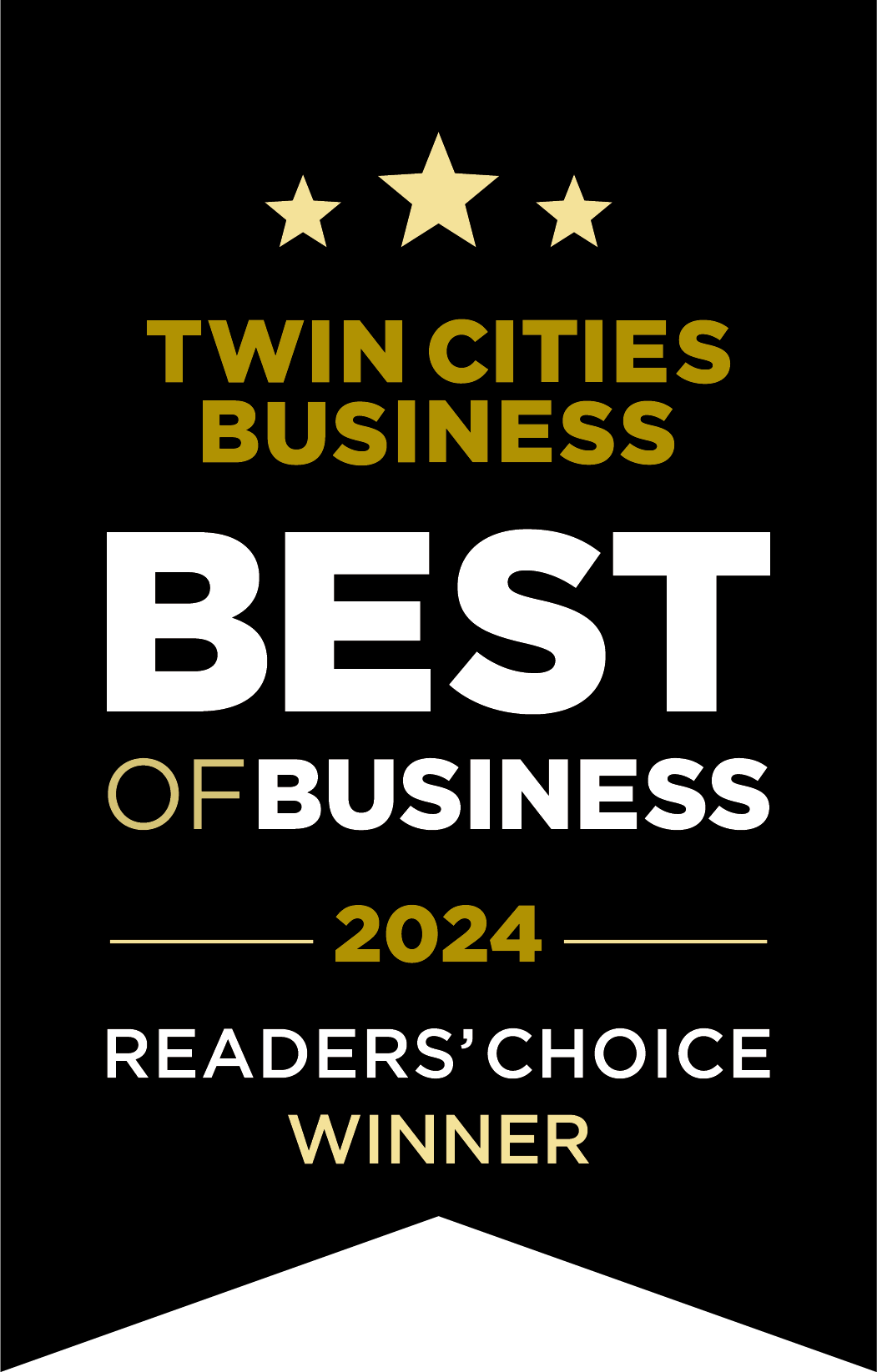Make the right decisions for you and your business.
An employee stock ownership plan (ESOP) is a type of retirement plan—a tax-qualified deferred compensation plan formed as a trust, to be exact—that allows you to transition the ownership of your business (in the form of stock) to your employees.
An ESOP is its own entity and must file tax returns (Form 5500) to report activity and provide information, but it doesn’t pay tax. Instead, the filings are used to track basis for employees. Like any qualified plan, an ESOP must comply with all applicable IRS and Department of Labor (DOL) rules. Typically, ESOPs are subject to an annual financial statement review or audit, as well as a valuation. The company owned by the ESOP must also continue to file tax returns. The effect an ESOP has on your company’s taxes will depend on your company’s entity type.
An ESOP can serve as a valuable benefit to your employees while also providing a means of selling your business. But transitioning to an ESOP isn’t a viable option for every business. There are several factors to consider, including items ranging from your financial needs and number of employees to your company’s profitability.

